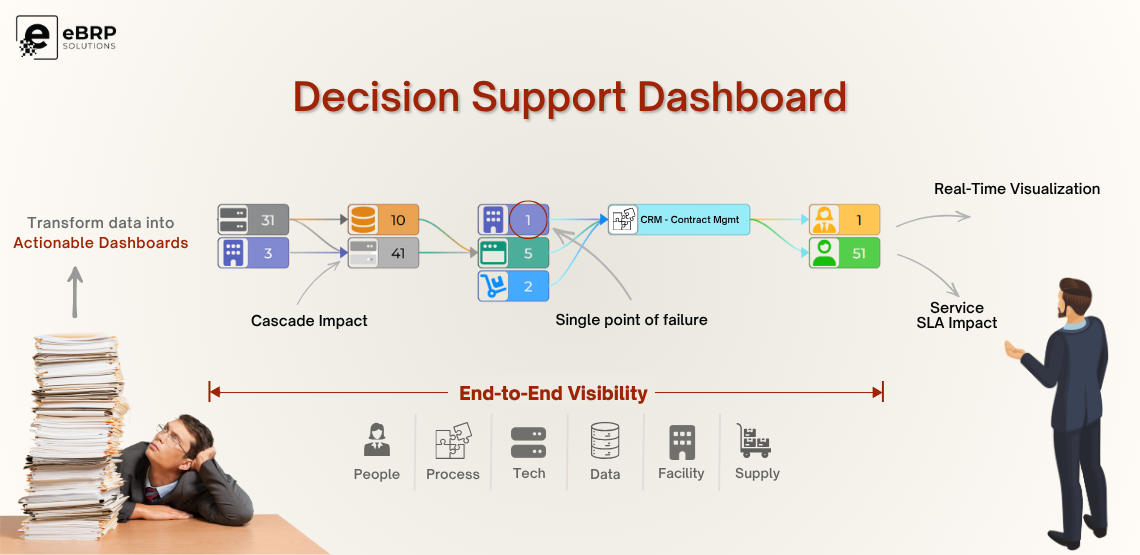
Dashboards & Reports: Powering Clarity in Enterprise Resiliency
In any Enterprise Resiliency Program, data is abundant but usable insight is what drives real value. Dashboards and reports in the eBRP Suite are

In any Enterprise Resiliency Program, data is abundant but usable insight is what drives real value. Dashboards and reports in

In any Enterprise Resiliency Program, data is abundant but usable insight is what drives real value. Dashboards and reports in the eBRP Suite are
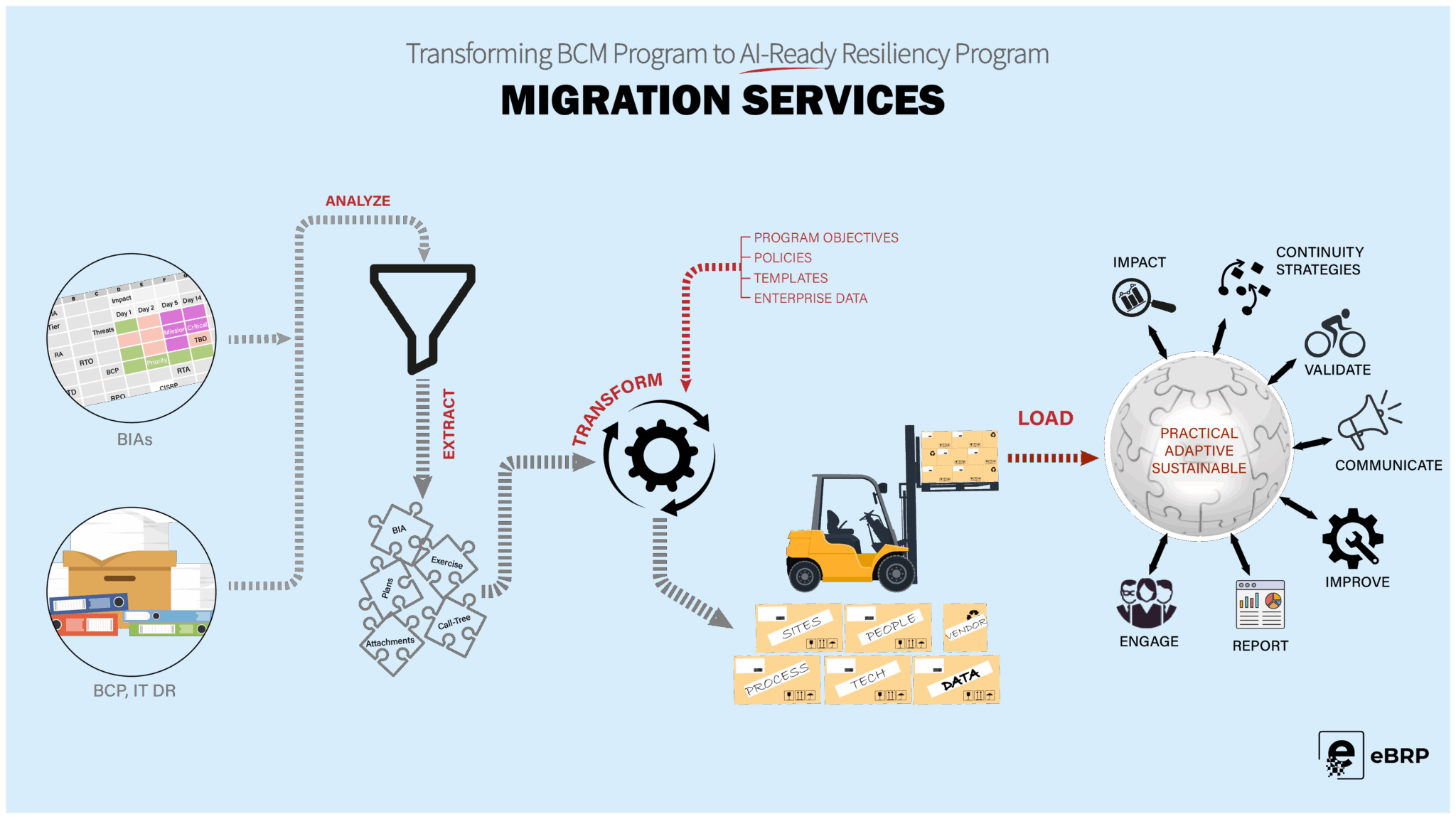
Many organizations still manage their resiliency programs using static documents, spreadsheets, or outdated platforms. These tools often fall short in risky environment lacking visibility,
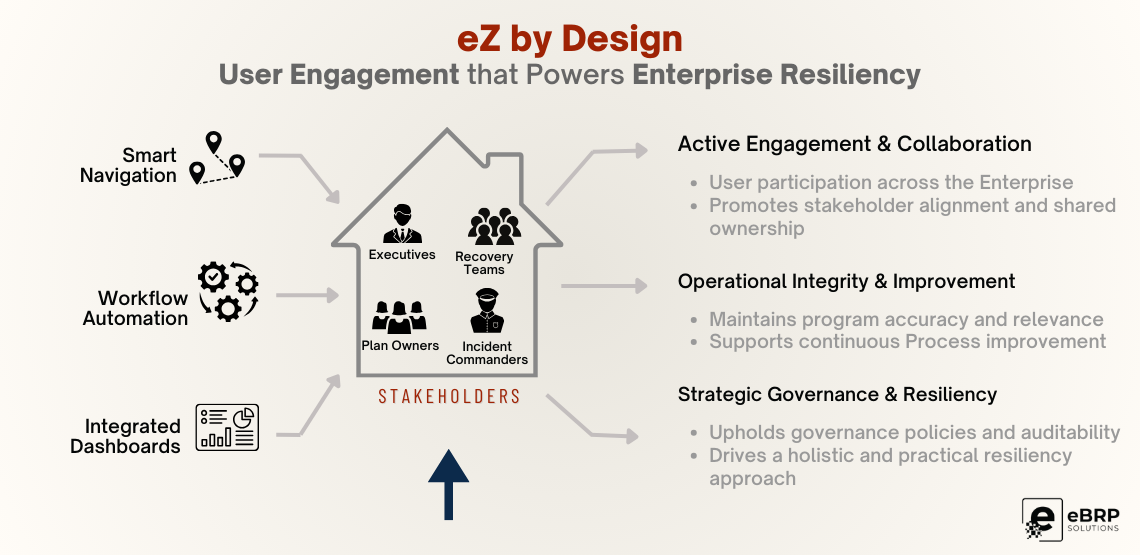
Enterprise Resiliency requires a culture of awareness, meaningful stakeholder engagement, and systems that invite participation. Across departments, business units, and executive layers, the success
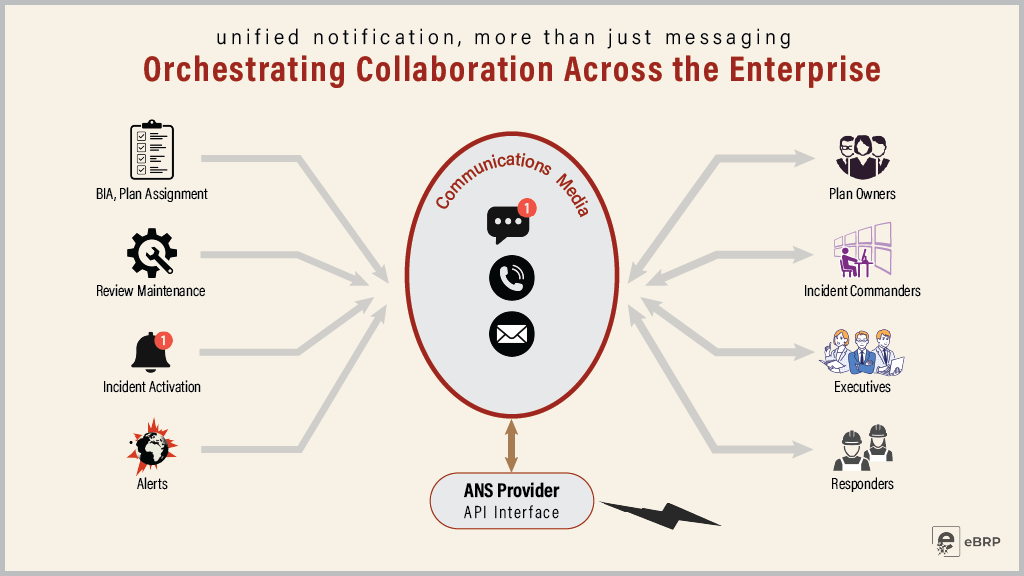
More Than Messaging: A Strategic Layer of Control eBRP’s Unified Notification capability is more than just a messaging tool—it’s a strategic framework that ensures

The eBRP Suite’s Role-Based Access ensures that users can only view or act on what’s relevant to their role, strengthening both security and operational
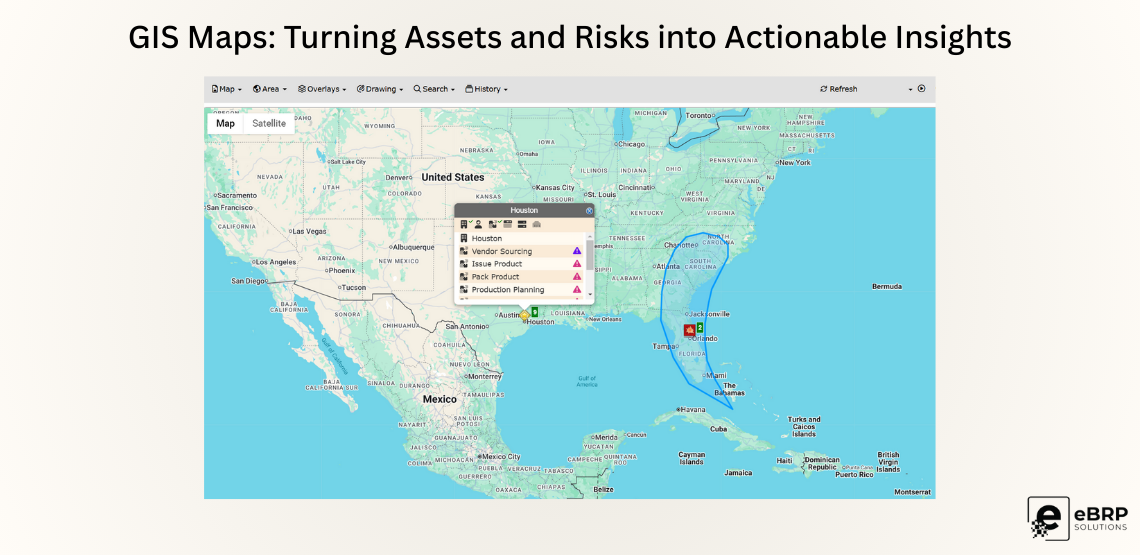
The GIS Map in the eBRP Suite turns raw data into an interactive, visual layer bridging the gap between static spreadsheets and real-world decision-making.